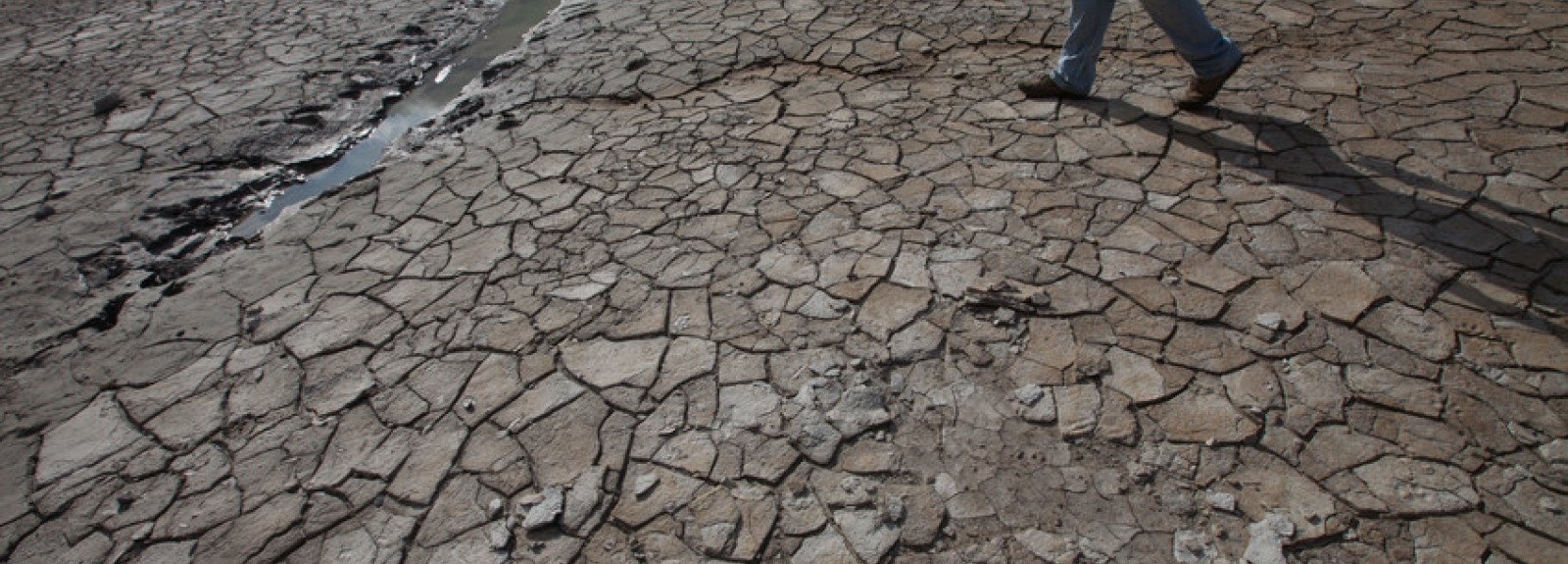Global weather conditions associated with El Niño are posing a serious threat to millions of vulnerable people, particularly in rural communities. This is part two in a three-part blog series looking at the effects of El Niño-influenced weather disruptions in various parts of the world - and how your support of LWR is helping. Read part one.
Global weather conditions associated with El Niño are posing a serious threat to millions of vulnerable people, particularly in rural communities, with scarce rainfall devastating crops and causing water shortages in some regions, while other parts of the world are seeing flooding caused by above-average precipitation. It is now evident that this current El Niño equals or exceeds the intensity of the previous occurrence in 1997.
On a global scale, extreme drought conditions and acute water shortages have affected more than 60 million people, including an estimated 4.2 million people in Central America, 30 million people in East and Southern Africa and 4.7 million people in the South West Pacific region. In the Horn of Africa, the situation in Ethiopia alone has drawn considerable attention from the international community, as some 10.2 million people are currently in need of emergency food assistance.
On the opposite end of the spectrum, heavy rains have generated widespread flooding in South America and unusual above-average precipitation has raised concerns in East Africa. It is expected that the current weather patterns will remain until mid-2016. It is also uncertain whether a subsequent La Niña phenomenon will immediately follow. Current projections suggest that this is likely to occur.
El Niño in The Americas
Conditions along Central America’s Dry Corridor have reached crisis levels, with more than 3.5 million people facing food insecurity in El Salvador, Guatemala and Honduras. Significant loss of staple grain crops and the deaths of thousands of cattle are drastically affecting families whose livelihoods are heavily dependent on subsistence farming.
In Haiti, the government has reported that 1.5 million people are in urgent need of assistance due to dry conditions that have led to low agricultural yields, a number that has doubled in just the last six months. The main 2015 harvest fell far below average, with losses of up to 70 percent recorded in some areas, threatening the food security of 3.6 million Haitians. In some areas of Haiti, up to 70 percent of the population is facing hunger, and a recent study conducted by UNICEF and the Haitian government found that hunger is exceeding emergency levels in several communes.
In South America, wetter conditions are contributing to extreme cold temperatures and widespread flooding in Peru, Ecuador, Bolivia, Paraguay and Brazil. This has also contributed to the loss of cattle and crops in agricultural communities.
Global Response to El Niño
The humanitarian community is actively mobilizing to address the global effects of El Niño, particularly in the hardest hit countries, which now span four regions. A recent high-level briefing on El Niño by the UN Under-Secretary General and Emergency Relief Coordinator further stressed the severity this represents on a global scale.
The United Nations Office for the Coordination of Humanitarian Affairs (OCHA), in conjunction with local governments and development agencies, aim at targeting the most at-risk communities through coordinated approaches, such as Humanitarian Response Plans (HRP), which open up financial mechanisms for more focused responses. While additional response plans are jointly developed, recently drafted HRPs already exist for Central America (Honduras and Guatemala) and Ethiopia. Addressing food insecurity, malnutrition, chronic diseases and access to water are some of the key challenges and concerns raised as a result of ongoing monitoring, field assessments and briefings taking place at the global, regional and local levels.
LWR's Response
Lutheran World Relief continues to support El Niño advocacy and response efforts through active involvement in regional/global advocacy and coordination platforms, as well as through community-focused responses. Short-term drought response projects recently carried out in Honduras and Guatemala helped alleviate conditions for vulnerable women, children and men in rural communities suffering from extreme food shortages due to significant crop losses. A resilience-based response to El Niño has also been proposed for El Salvador, which seeks to strengthen local capacity on preparedness and adaptation methods. LWR is also preparing a response to drought-related food security needs in the north-west of Haiti.
On a wider scope, LWR is also pursuing urgent involvement in Ethiopia, one of the hardest-hit countries, with a large rural population that has been heavily affected due to its dependency on subsistence farming.


